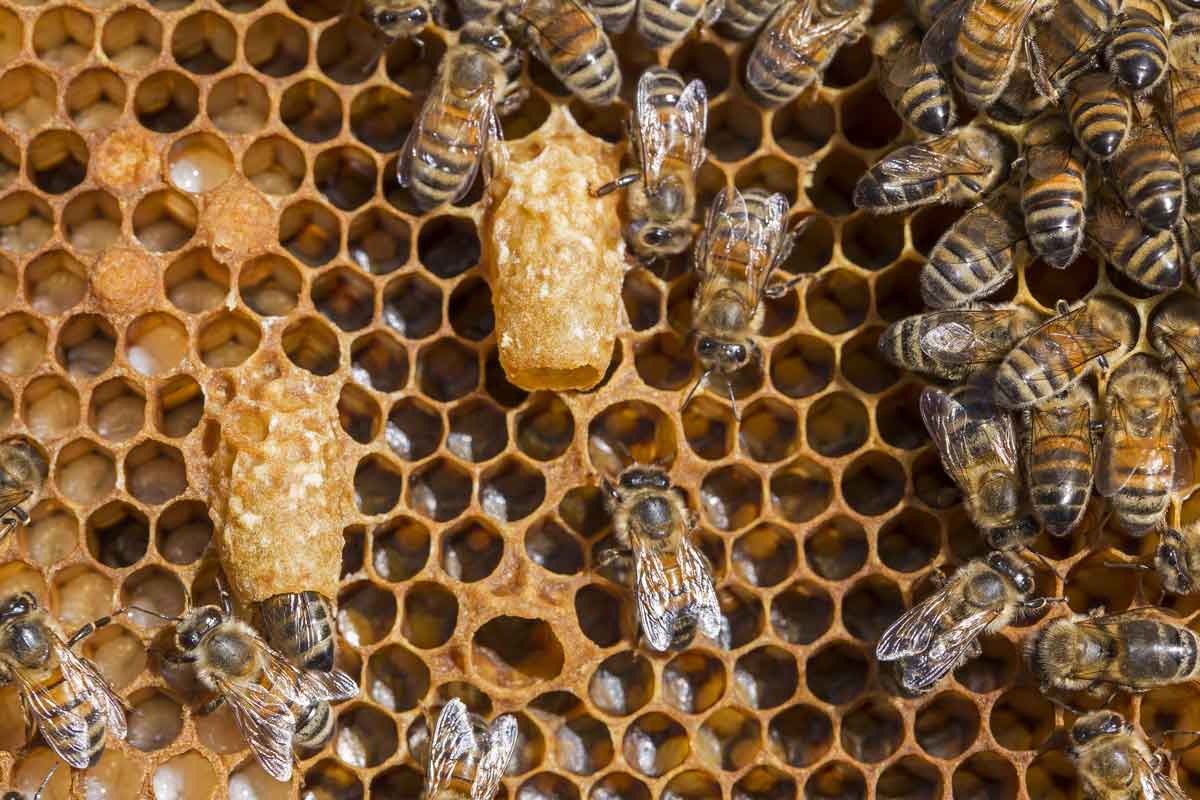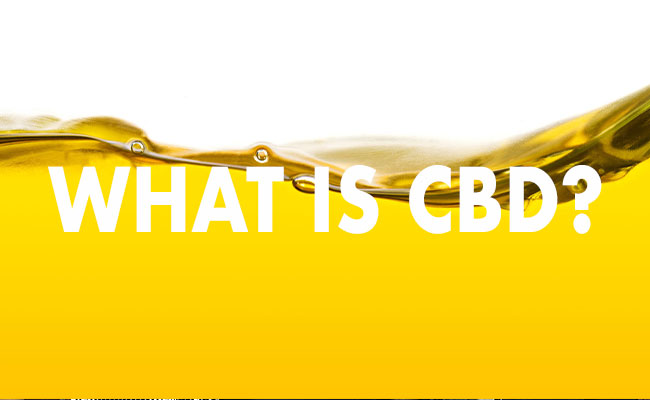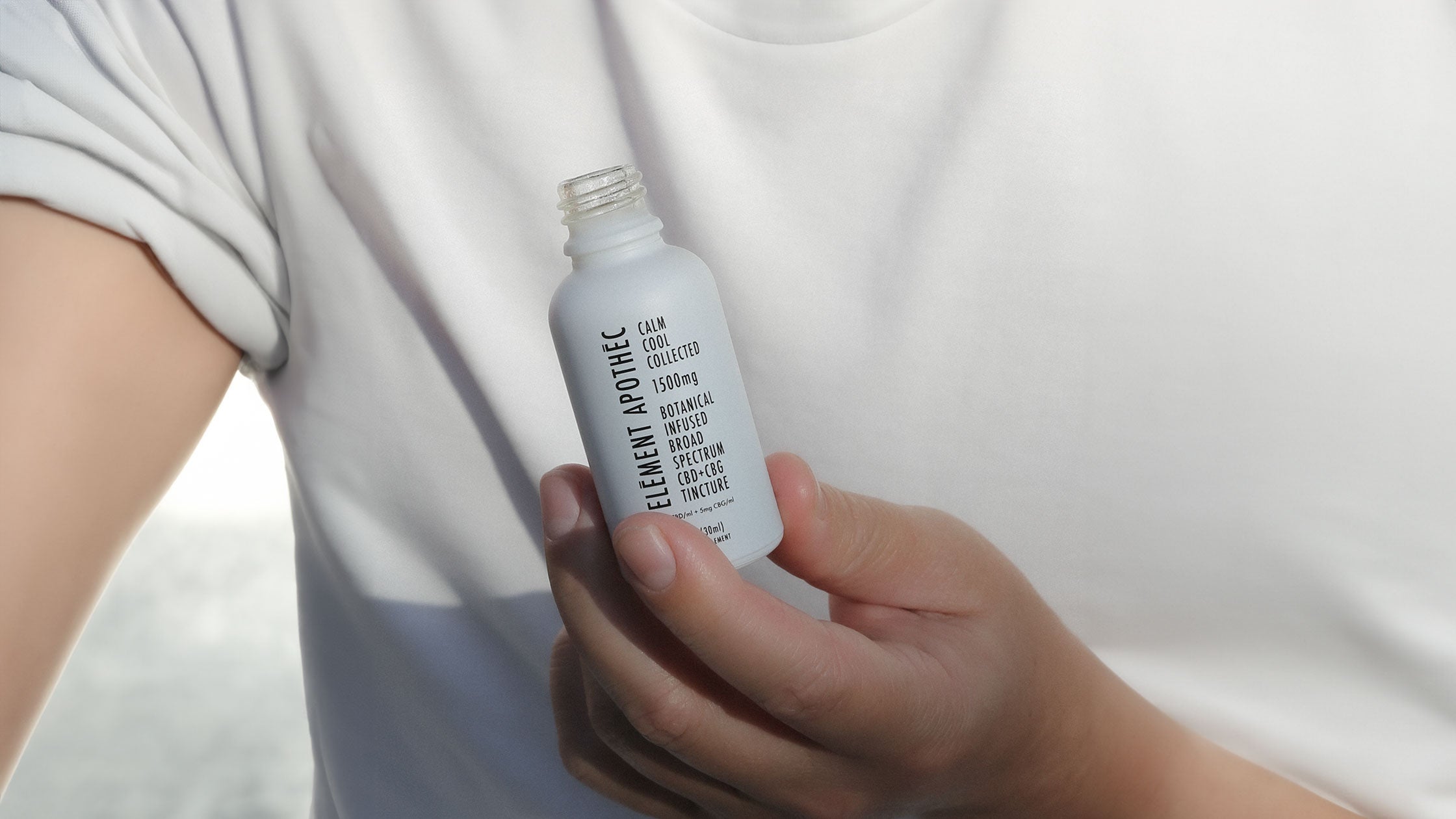
Royal Jelly | Golden Food for Queen Bee
WRITTEN BY TRANG TRAN AND DR. SWATHI
What is apitherapy?
Apitherapy is a type of alternative medicine that uses many natural products from honeybees, such as honey, propolis, bee venom, bee pollen, and royal jelly.
What's the difference? Let's talk about it.
Honey is made by bees from nectar and honeydew
Propolis, generally referred to as “bee glue,” is a resinous substance collected by bees from different types of plants and functions to seal holes and cracks and smoothen the inner surface of the beehive
Bee venom is a complex mixture of natural products extracted from honeybees that contain peptides, enzymes, amino acids, and nonpeptide components
Bee pollen is collected from plants and transported to the hive involving the moisturizing of pollen with nectar or honey
Royal jelly is a white and viscous jelly-like substance that is made from the worker bees and is consumed by immature young larvae in their first 2-3 days of maturation and solely consumed by the queen bees.
What makes up royal jelly?
Royal jelly is acidic in nature and consists of the following:
Water (50%-70%)
Proteins (18%)
The Major Royal Jelly Proteins (MRJPs) represent 83%-90% of the total protein content in royal jelly and play an essential nutritional role in the diet of the queen bee.
Carbohydrates (15%)
The total sugar content mainly consists of fructose and glucose, both of which account for 90% of all sugars.
Lipids (3%-6%)
One of the common fatty acids from royal jelly acts as a potent antibacterial agent that protects bee larvae against bacterial infections from the beehives.
Vitamins, minerals, and amino acids
Royal jelly is rich in B vitamins, mainly vitamin B5 followed by B1, B2, B6, B8, B9, and B12. Small amounts of vitamin A, C, and E are also found. However, since the main source of vitamins comes from the pollen and the pollen of flowers collected by worker bees vary due to seasonal changes, the vitamin content of royal jelly may also vary.
What are the health benefits of royal jelly?
Reproductive health
Royal jelly is effective in reducing premenstrual syndrome as reported by a randomized clinical study. Moreover, because of its similarity with estrogens, royal jelly is used by postmenopausal women for the improvement and treatment of menopause-related complications and aging-related pathologies. Additionally, royal jelly has been reported to improve urinary symptoms during menopause and postmenopausal period. However, the majority of the studies evaluating reproductive health were done in animal models and there are only a small number of human clinical trials.
Neurodegenerative diseases
In the elderly, royal jelly has been shown to help stimulate physical and mental functions and increase appetite and weight. A study demonstrated that royal jelly exerted neuroprotective effects in Alzheimer’s disease.
Wound healing
Not only has royal jelly been shown to shorten the curing period of peeled skin lesions, it has also been shown to protect human skin against ultraviolet B-induced photoaging by promoting collagen production. In addition to standard treatments, royal jelly dressing is also an effective way of treating diabetic foot ulcers owing to its blood vessel dilatory effects around the affected wound which can help enhance blood flow. Due to its antimicrobial activities, it can also help prevent infections.
Other benefits
Royal jelly has notable amounts of antioxidants, flavonoids, and polyphenols, all of which contribute to its holistic benefits. Animal studies indicate that in the postmenopausal population, royal jelly lowers cholesterol, blood pressure, and blood sugar as well as improves the strength of bones, and exerts anti-aging effects via enhancing collagen production.
What are the side effects of royal jelly?
Some precautions need to be taken in case of allergens associated with bee products. The major allergens of this product are the MRJP components which can cause several allergic reactions such as asthma, dermatitis, skin rashes, eczema, constricted airways, anaphylaxis, or even anaphylactic shock in some situations. A case of possible interaction between royal jelly and blood thinning medication has been reported.
Why does Queen Bee need royal jelly?
The size of queen bees is double in comparison to worker bees. Worker bees and the queen differ in their development which is attributed to the difference in the way of feeding. Compared to the workers’ food, the royal jelly contains less water and more sugars and protein. Not only does the consumption of this magical liquid by the queen bees produce many advantages such as their size, it also contributes to a longer lifespan and better reproductive function. Whereas the queen could live up to five years and lay about 2000-3000 eggs a day, workers usually live about 45 days and are unable to reproduce.
The bottom line
Consumed by the queen bees, royal jelly consists mostly of water followed by proteins, carbohydrates, lipids as well as some minerals, amino acids, vitamins, and flavonoids/polyphenols. Animal studies exhibit that royal jelly can alleviate menopause-related and postmenopausal symptoms, but of particular interest are the anti-aging properties and the longevity of queen bees compared to the workers. Royal jelly is commercially available as health food, supplement, and cosmetics. Remarkably, the various medicinal compounds from royal jelly lends this product various pharmaceutical applications.
References:
- Ahmad S, Campos MG, Fratini F, Altaye SZ, Li J. New Insights into the Biological and Pharmaceutical Properties of Royal Jelly. Int J Mol Sci. 2020;21(2):382. Published 2020 Jan 8. doi:10.3390/ijms21020382
- Bălan A, Moga MA, Dima L, Toma S, Elena Neculau A, Anastasiu CV. Royal Jelly-A Traditional and Natural Remedy for Postmenopausal Symptoms and Aging-Related Pathologies. Molecules. 2020;25(14):3291. Published 2020 Jul 20. doi:10.3390/molecules25143291
- Collazo N, Carpena M, Nuñez-Estevez B, Otero P, Simal-Gandara J, Prieto MA. Health Promoting Properties of Bee Royal Jelly: Food of the Queens. Nutrients. 2021;13(2):543. Published 2021 Feb 7. doi:10.3390/nu13020543
- Fratini F, Cilia G, Mancini S, Felicioli A. Royal Jelly: An ancient remedy with remarkable antibacterial properties. Microbiol Res. 2016;192:130-141. doi:10.1016/j.micres.2016.06.007
- Kocot J, Kiełczykowska M, Luchowska-Kocot D, Kurzepa J, Musik I. Antioxidant Potential of Propolis, Bee Pollen, and Royal Jelly: Possible Medical Application. Oxid Med Cell Longev. 2018;2018:7074209. Published 2018 May 2. doi:10.1155/2018/7074209
- Kunugi H, Mohammed Ali A. Royal Jelly and Its Components Promote Healthy Aging and Longevity: From Animal Models to Humans. Int J Mol Sci. 2019;20(19):4662. Published 2019 Sep 20. doi:10.3390/ijms20194662
- Kurek-Górecka A, Górecki M, Rzepecka-Stojko A, Balwierz R, Stojko J. Bee Products in Dermatology and Skin Care. Molecules. 2020;25(3):556. Published 2020 Jan 28. doi:10.3390/molecules25030556
- Pasupuleti VR, Sammugam L, Ramesh N, Gan SH. Honey, Propolis, and Royal Jelly: A Comprehensive Review of Their Biological Actions and Health Benefits. Oxid Med Cell Longev. 2017;2017:1259510. doi:10.1155/2017/1259510
- Viuda-Martos M, Ruiz-Navajas Y, Fernández-López J, Pérez-Alvarez JA. Functional properties of honey, propolis, and royal jelly. J Food Sci. 2008;73(9):R117-R124. doi:10.1111/j.1750-3841.2008.00966.x
- Wehbe R, Frangieh J, Rima M, El Obeid D, Sabatier JM, Fajloun Z. Bee Venom: Overview of Main Compounds and Bioactivities for Therapeutic Interests. Molecules. 2019;24(16):2997. Published 2019 Aug 19. doi:10.3390/molecules24162997
- Zhang S, Liu Y, Ye Y, et al. Bee venom therapy: Potential mechanisms and therapeutic applications. Toxicon. 2018;148:64-73. doi:10.1016/j.toxicon.2018.04.012
--
This article was edited by Dr. Swathi and was written by Element Apothec Scientific Communications Intern, Trang Tran. She is a Doctor of Pharmacy (PharmD) student at Oregon State University and Oregon Health & Science University College of Pharmacy in Portland, Oregon.











